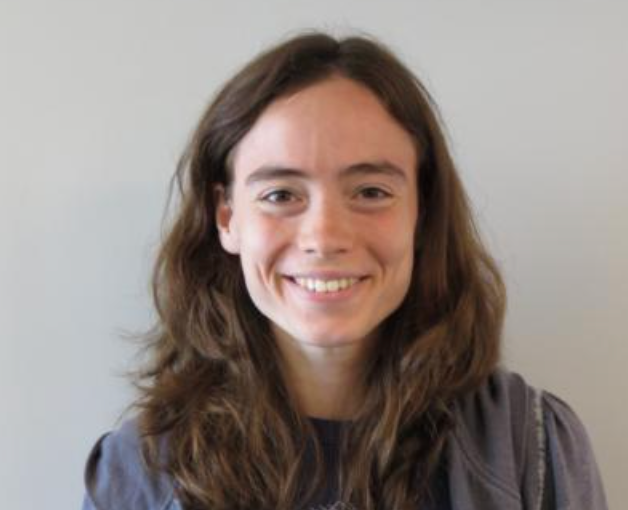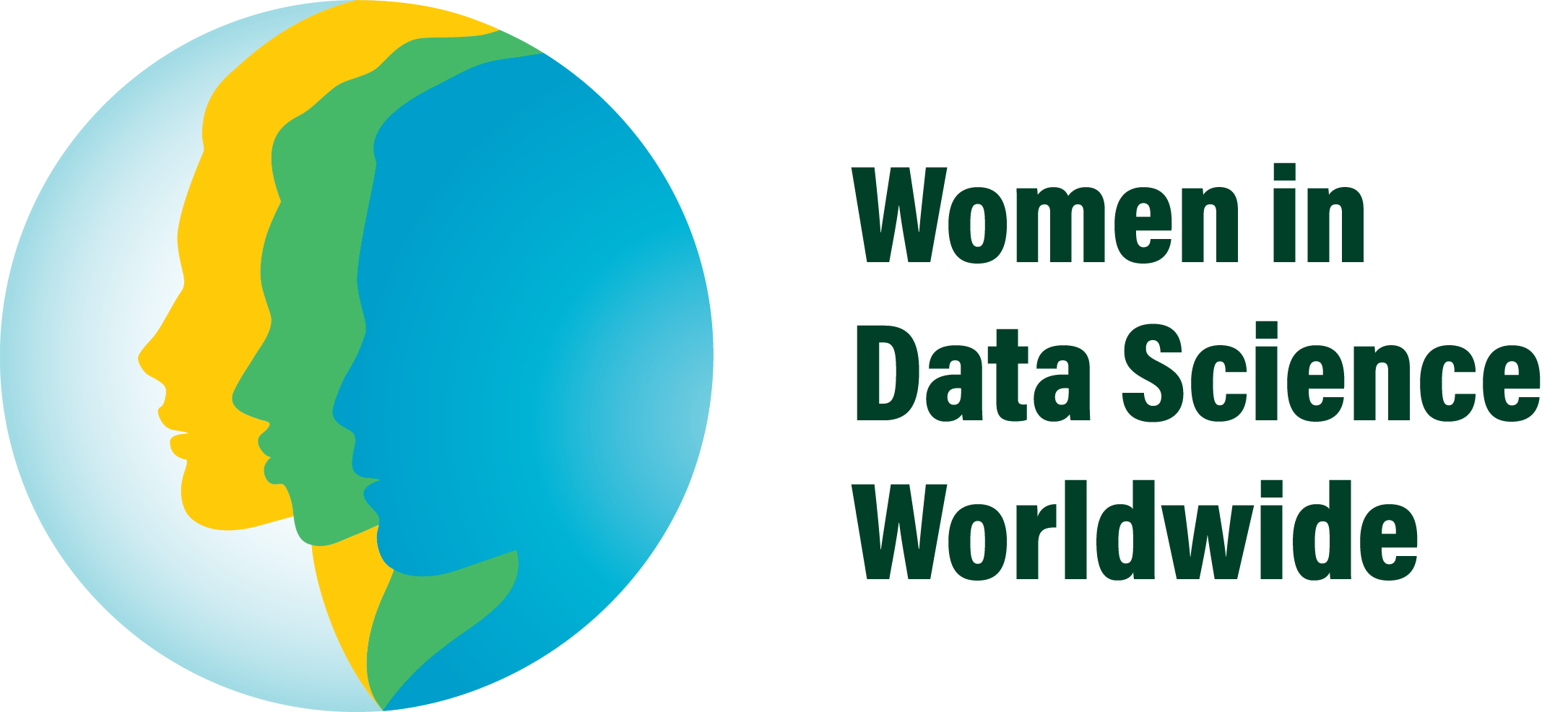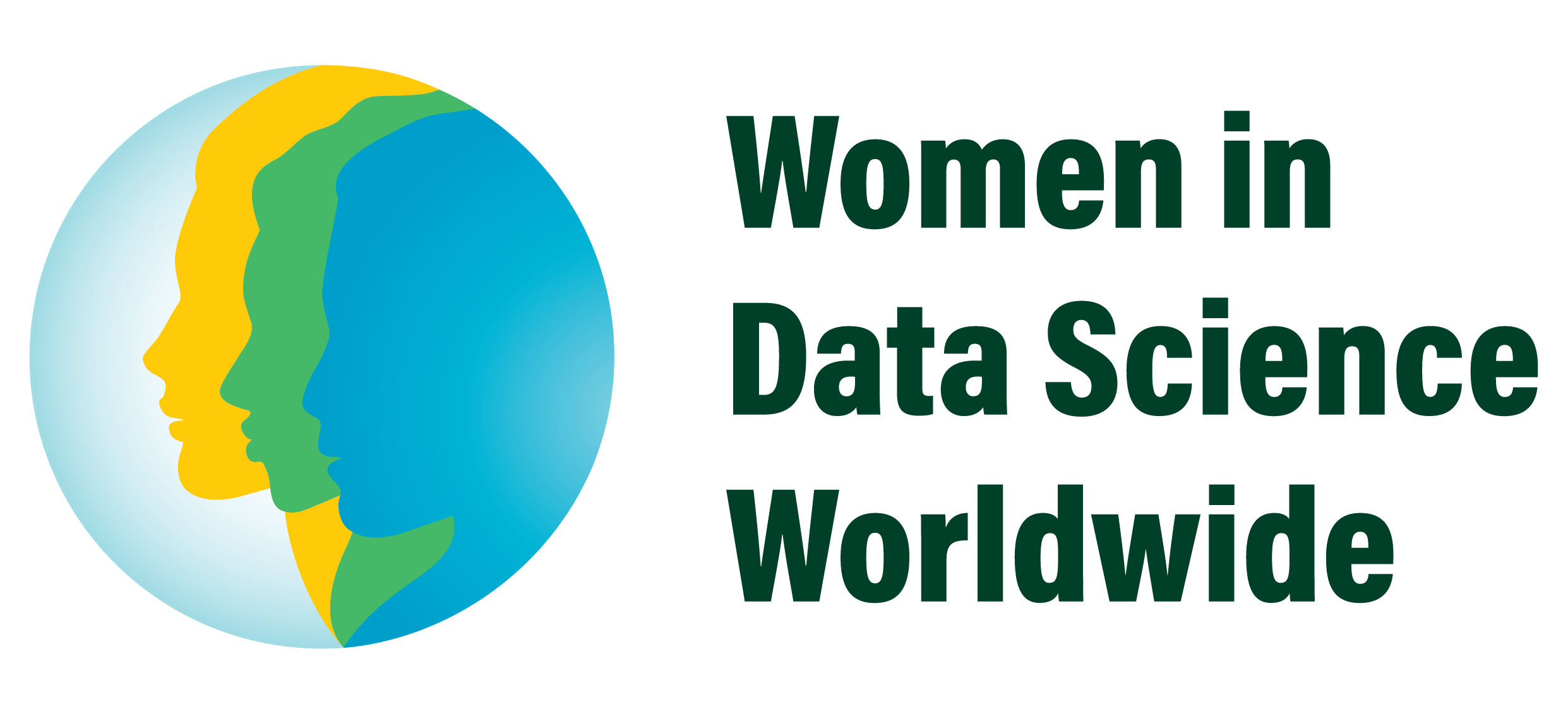Graph Theory for Data Science, Part I: What is a graph and What Can We Do With It?
About This Video
Graph theory provides an effective way to study relationships between data points, and is applied to everything from deep learning models to social networks. This workshop is part I in a series of three workshops. Throughout the series we will progress from introductory explanations of what a graph is, through the most common algorithms performed on graphs, and end with an investigation of the attributes of large-scale graphs using real data.
And in particular for Part I:
Graphs are structures that represent pairwise connections, and are used for everything from finding the shortest route between two locations to google’s page rank algorithm. Are you interested in learning about graph theory but don’t know where to start? In this workshop we will introduce graphs, develop comfort with their associated terminology, and investigate real-world applications with a focus on intuitive explanations and examples.
This workshop was conducted by Stanford ICME PhD student, Julia Olivieri.
In This Video

PhD Candidate, Stanford University, ICME
Julia is a third-year PhD student in ICME (the Institute of Computational and Mathematical Engineering) at Stanford. I graduated from Oberlin College in 2016 with majors in Mathematics and Biology. Julia is currently working with ProfessorJulia Salzman to develop robust statistical tools for analyzing alternative splicing from single cell RNA sequencing data. With Roozbeh Dehghannasiri, I have developed the SICILIAN pipeline to filter out low quality spliced alignments and allow for the discovery of high-confidence unannotated splicing, and developed the Splicing Z Score (SZS) method to analyze alternative splicing differences even from droplet-based RNA-seq data.

